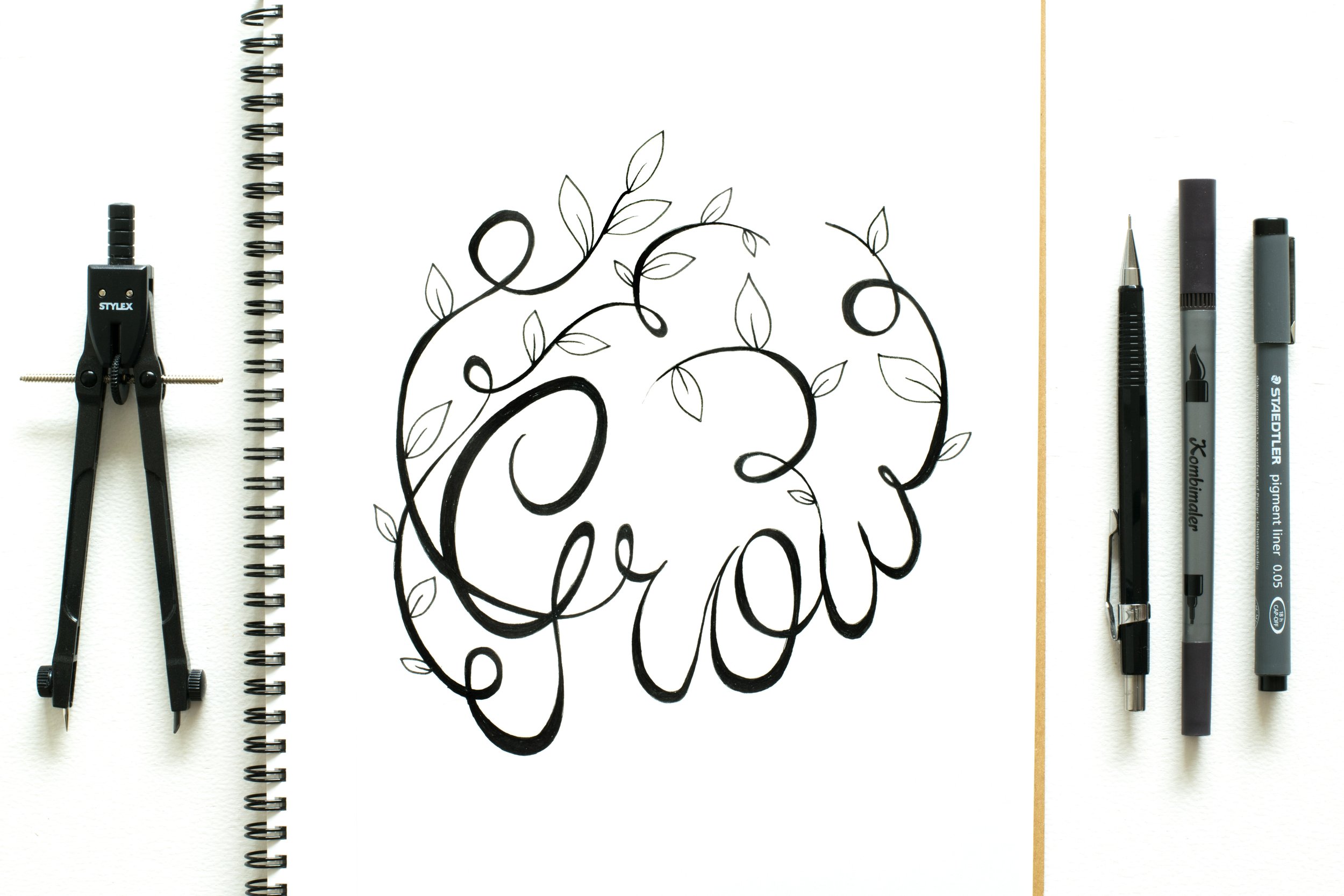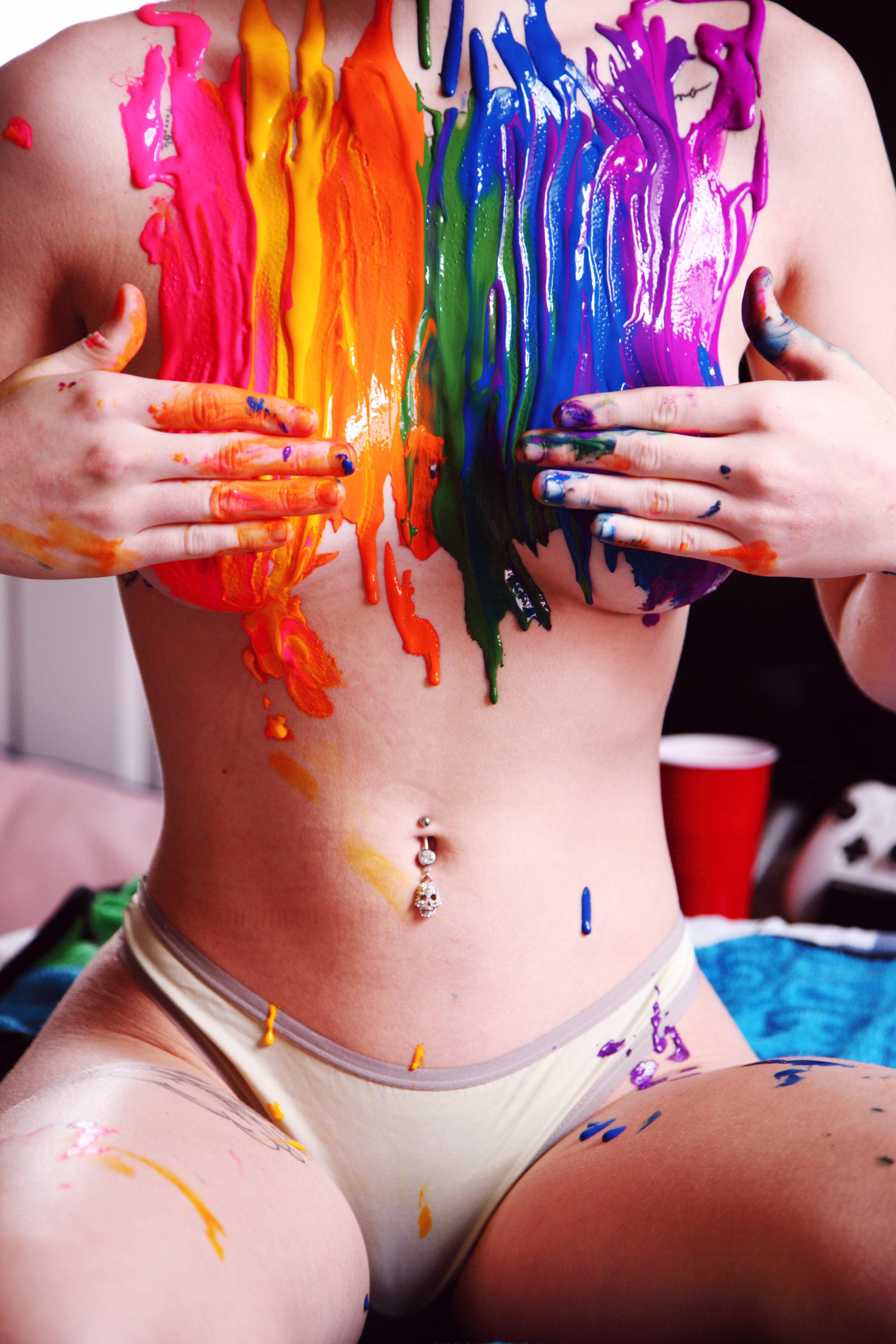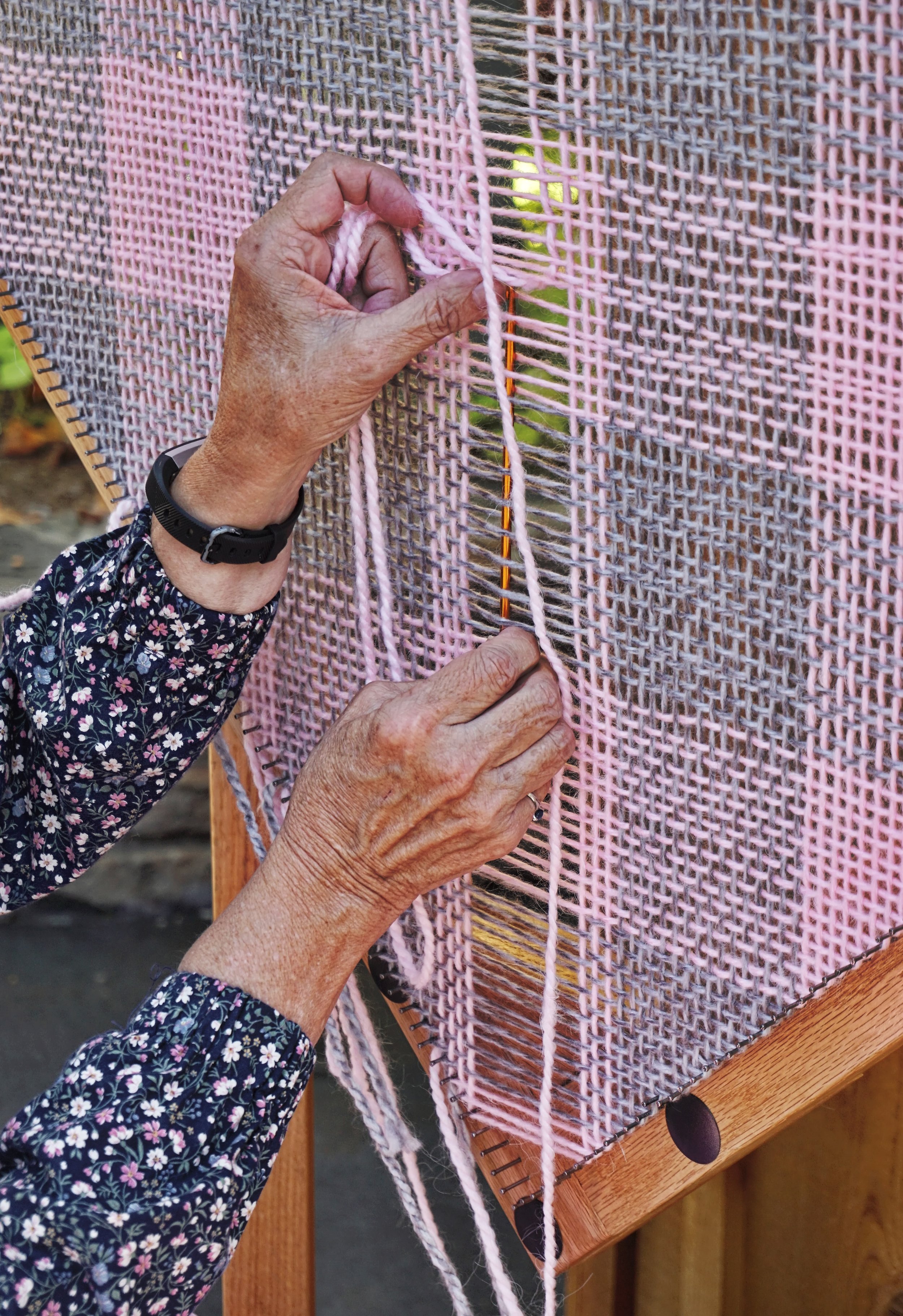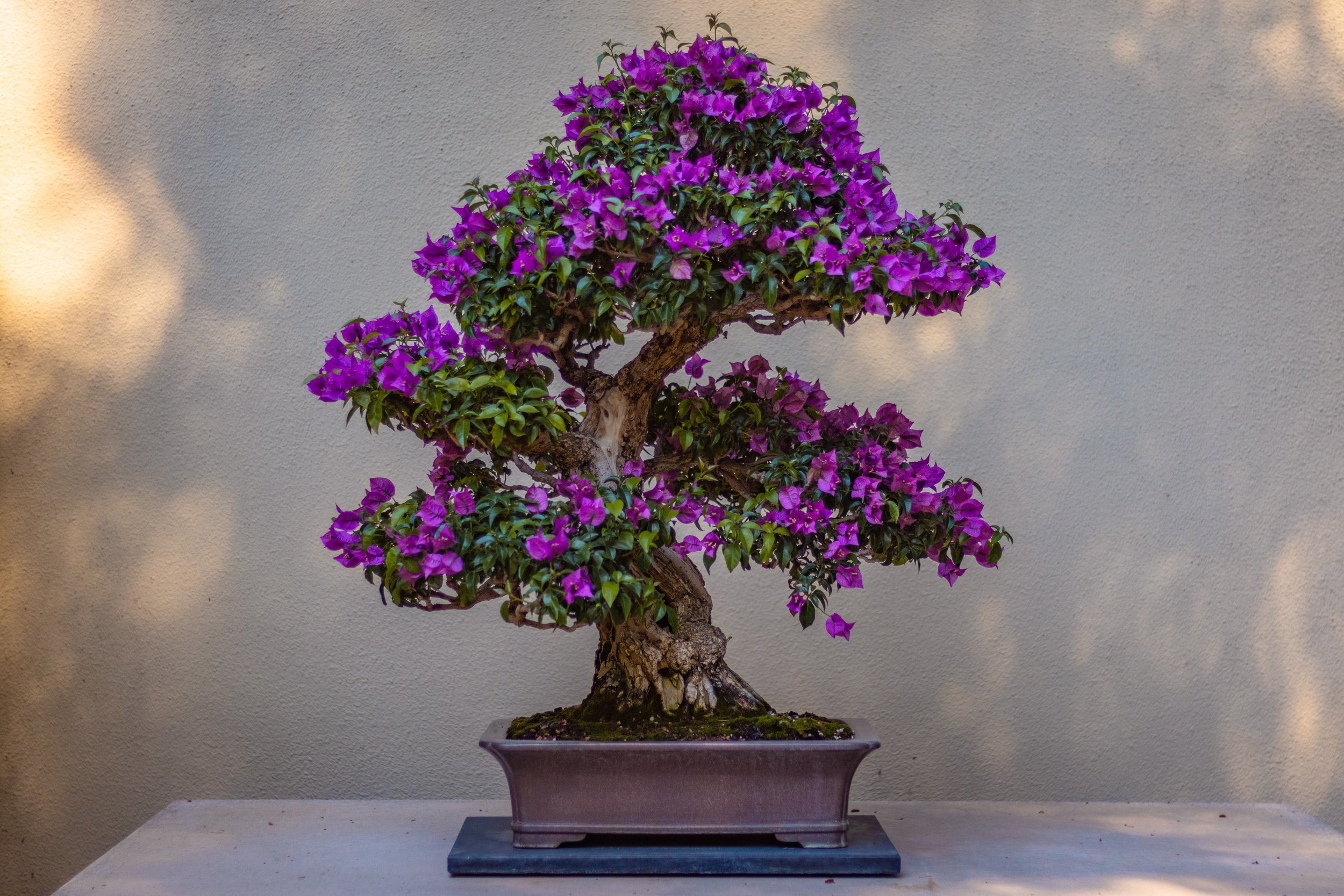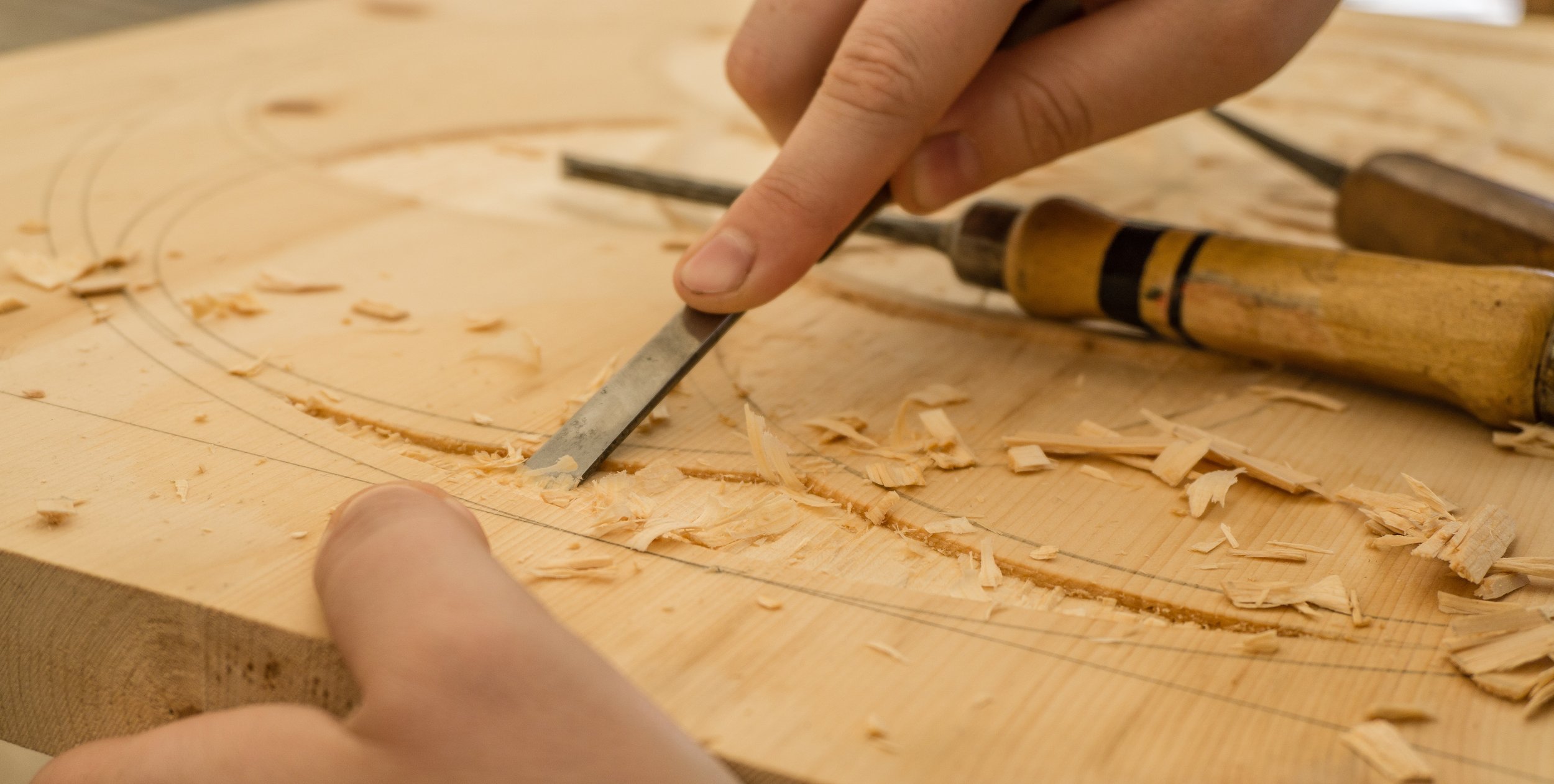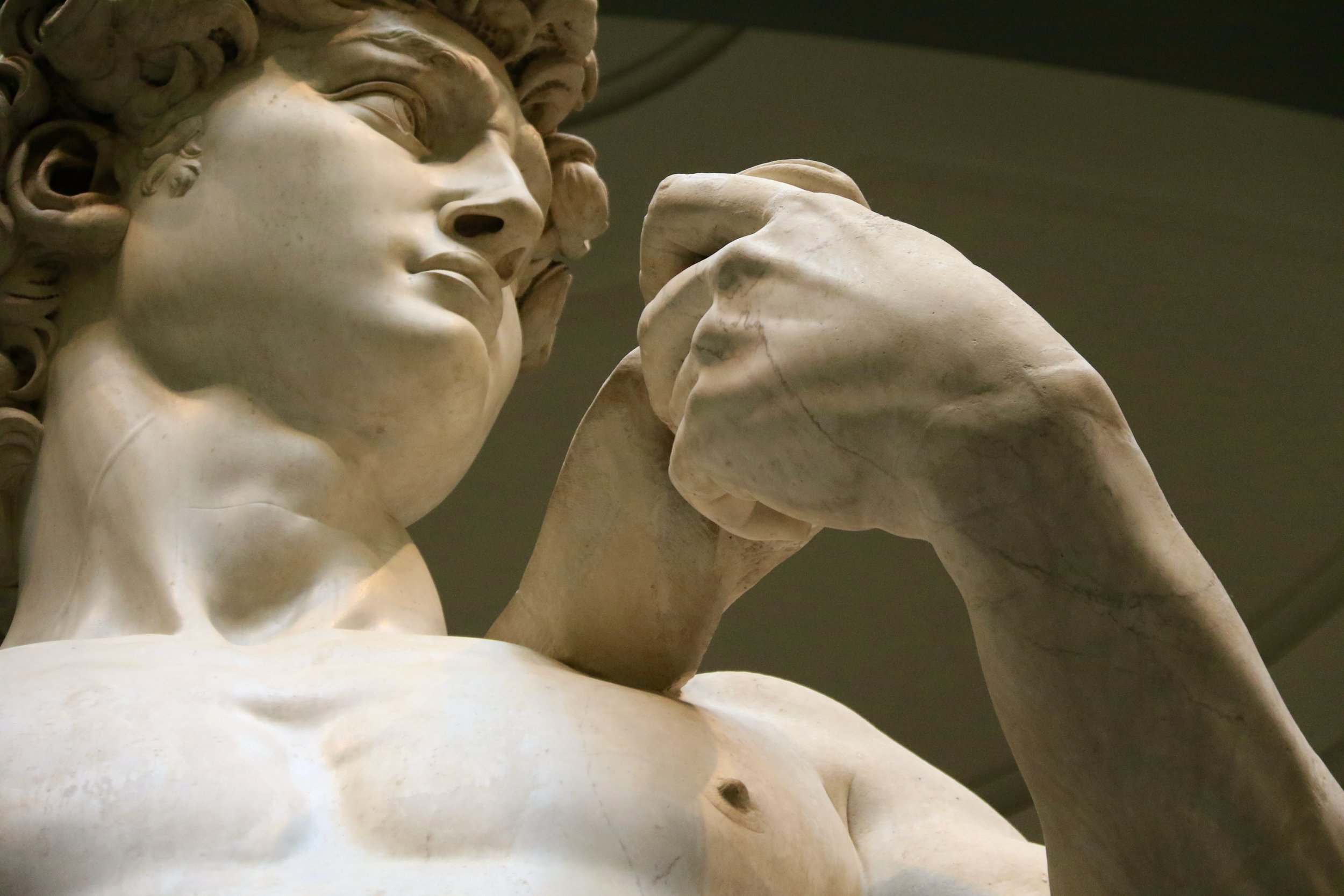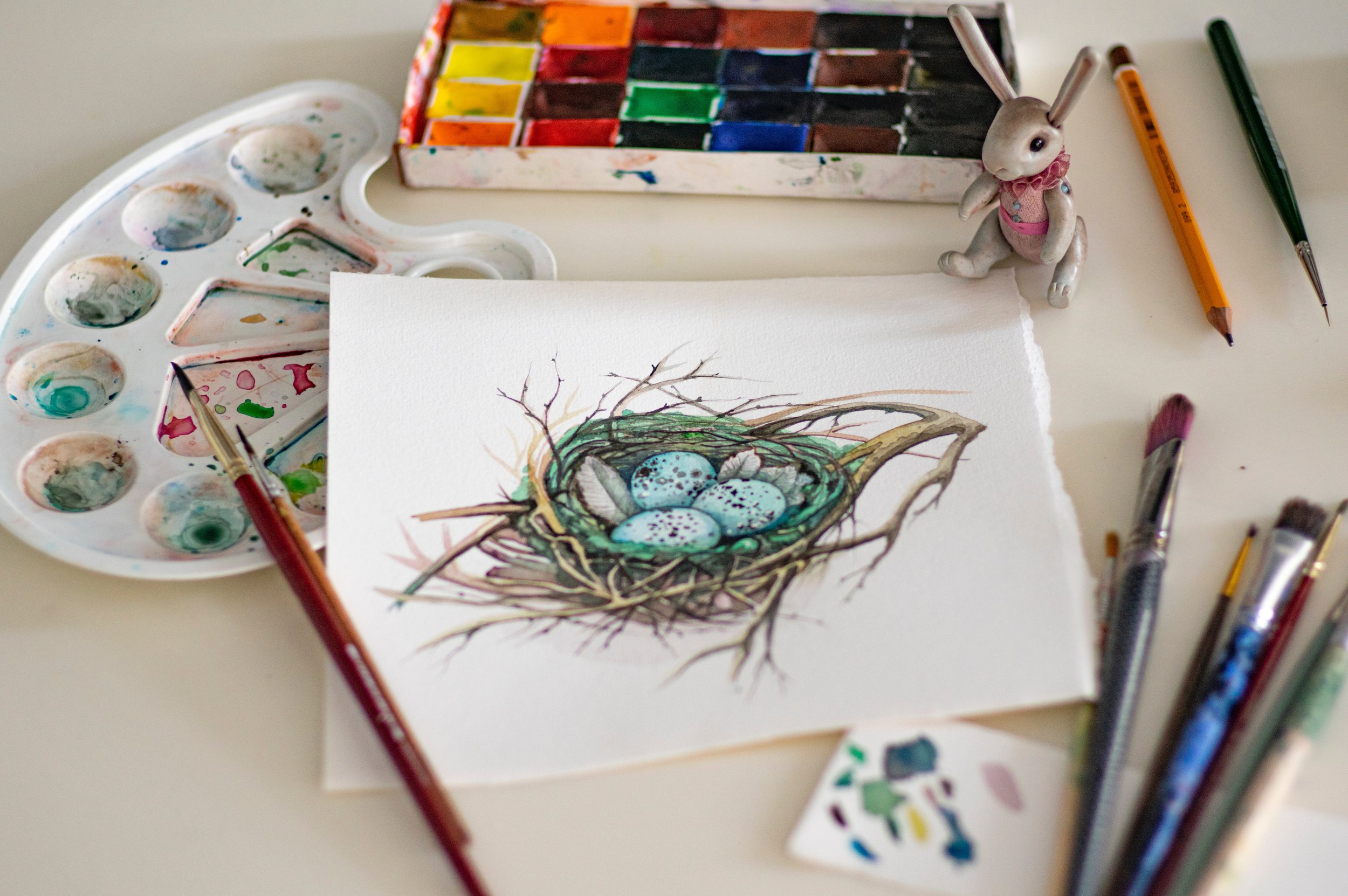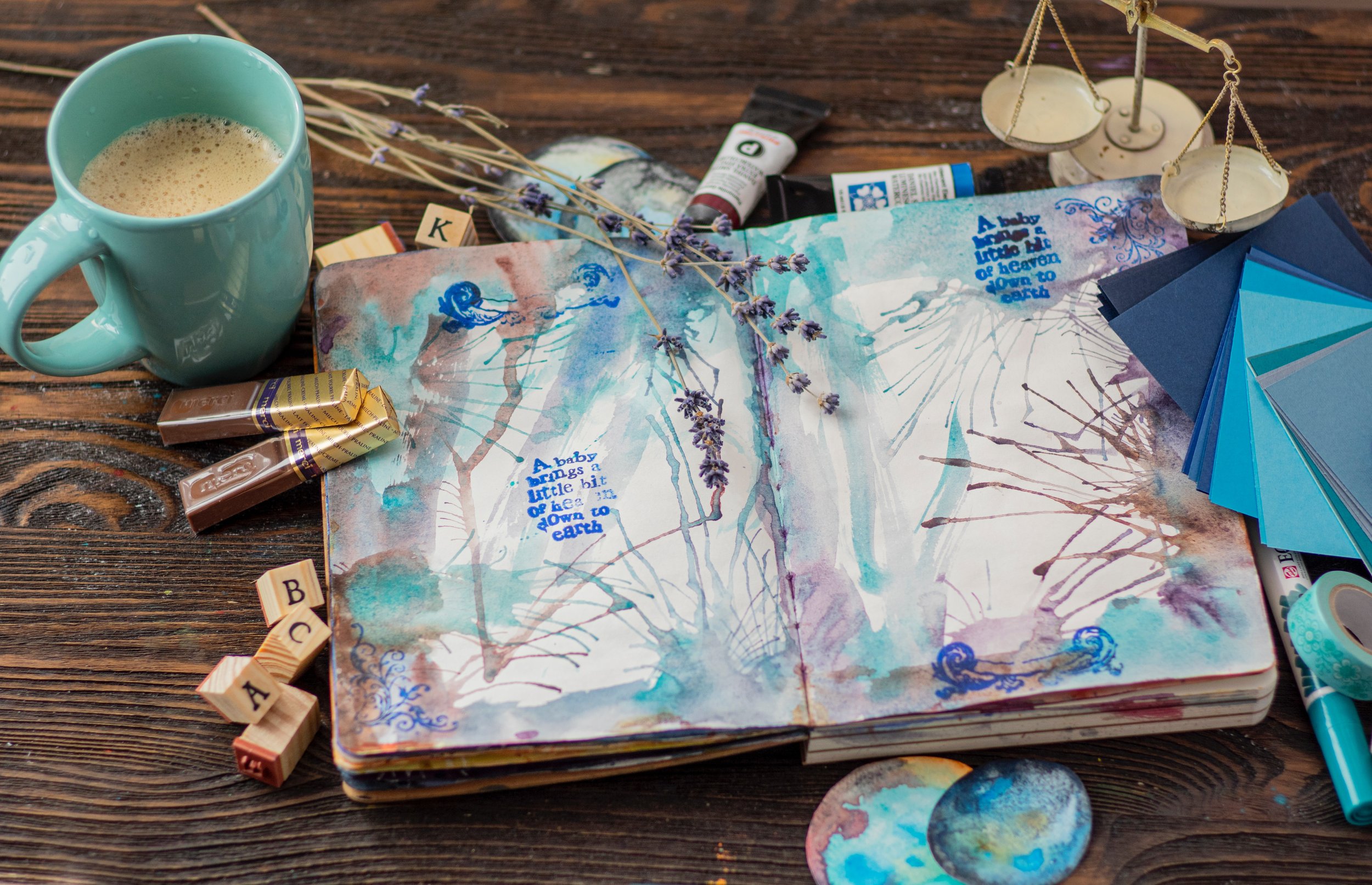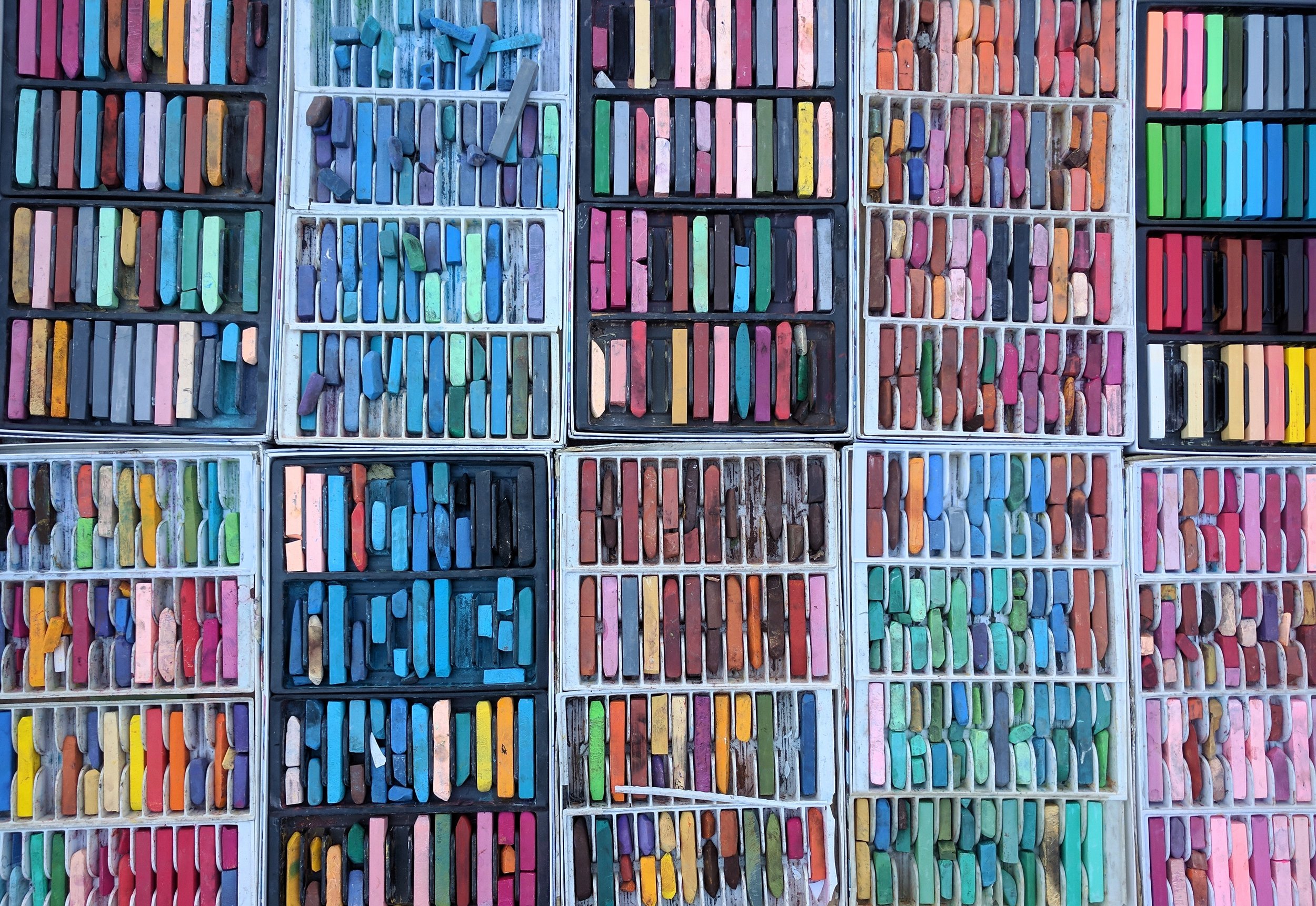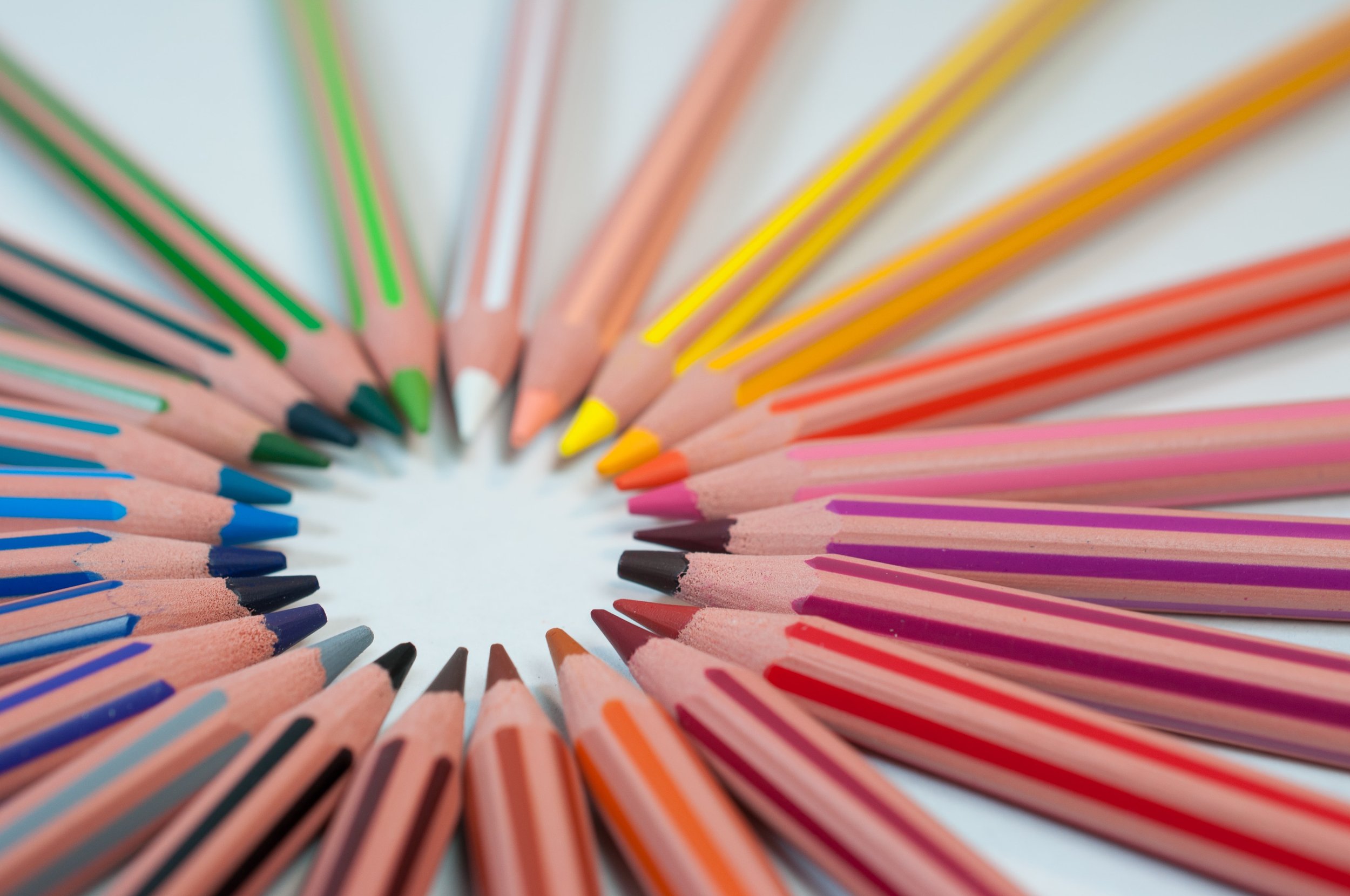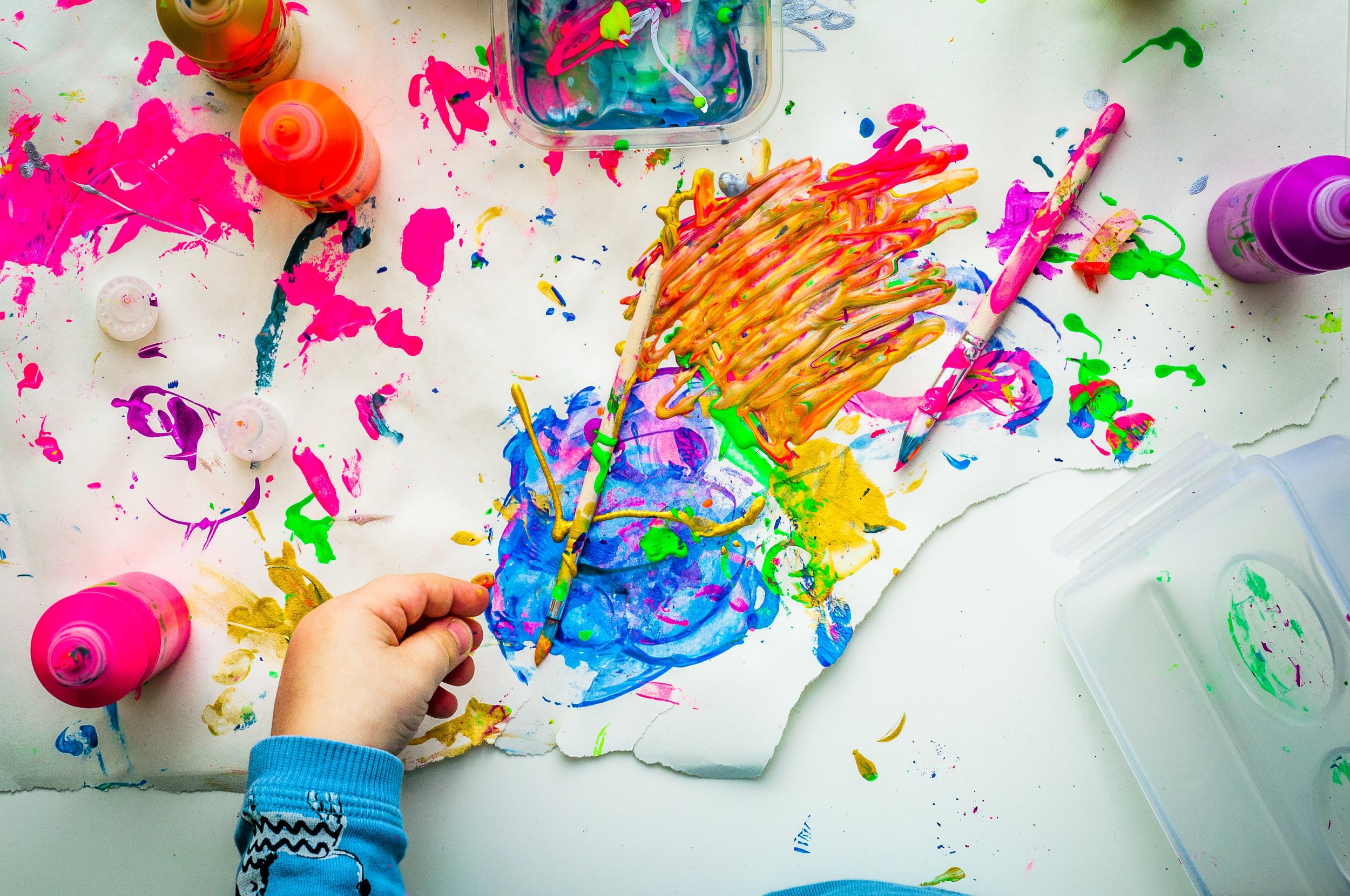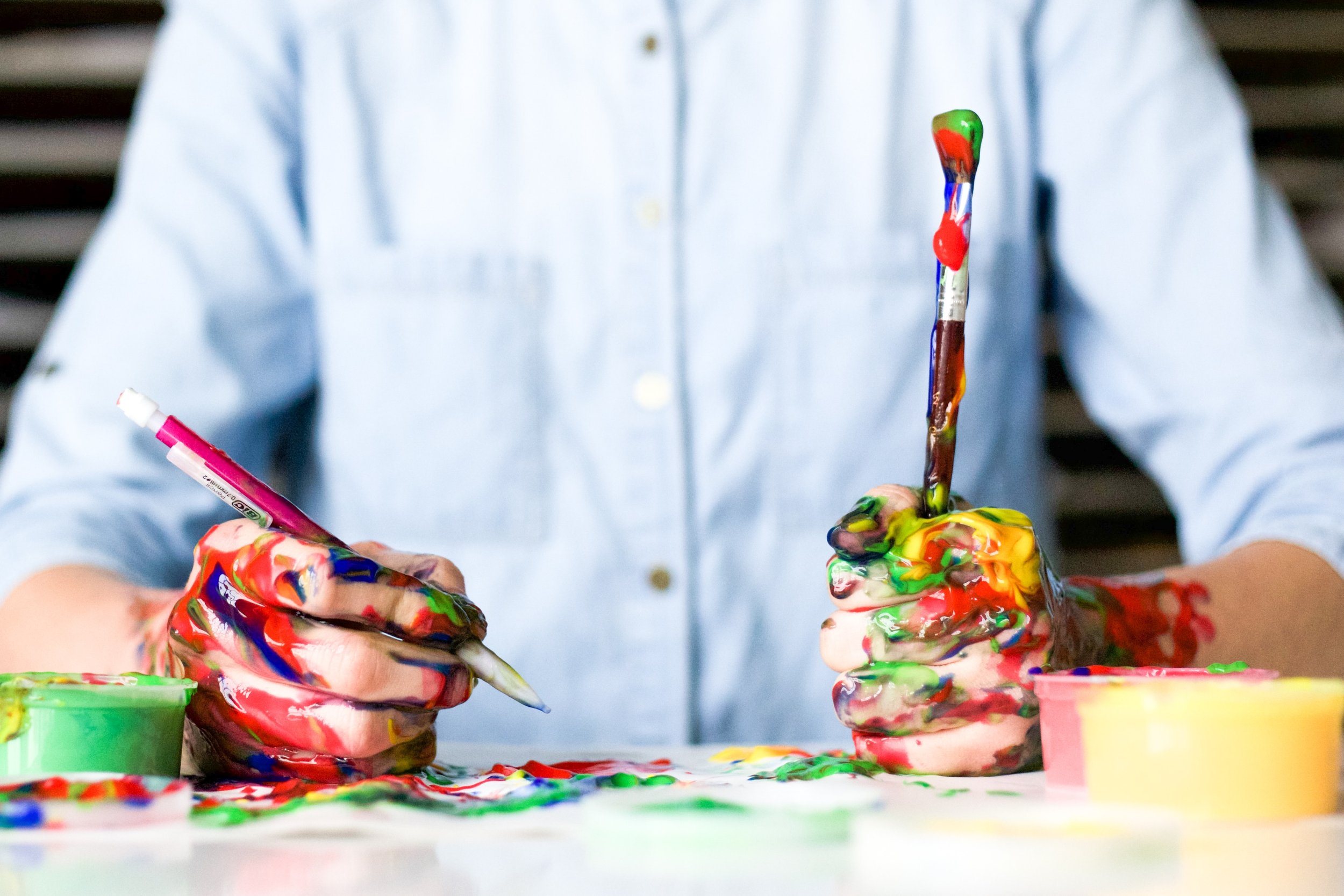Let’s Work Together to Boost Your Creativity!
Sit back and get ready to become more creative!
Working together, let’s see what we can do to unlock the mystery of creativity!
Good news. We are all creative. Creative thinking is part of being human. Really. I’ve checked. If you can combine intelligence, a touch of divergent thinking, and a desire to experience new things, you’re on your way! That’s right. Every human being has an innate connection with consciousness that allows us to tap into a unique inner pool of resources.
If your rate of new idea generation delivers more unusual concepts than you can use, you’re already a creative person. But what if your intuition and bubbling creative juices tell you you could be more creative?
First off, am I qualified to discuss creativity?
If you scope out this website or visit my Amazon Author’s page, you will see that I’ve been putting creative energy to work for some time. My first published story, “Starphires,” appeared in Space & Time magazine in 1994. My first award-winning story, “Red Moon,” saw print in 1998.
Then it took … a while for my novels to roll out, with Lesser Beings finally appearing in 2018.
Why the jaw-dropping 20-year gap? Short stories don’t pay many bills, so I taught high school science for a third of my life. I started with biotechnology and astronomy, and ended with geology, chemistry and years of A.P. Physics.
So, does any of that qualify?
I think so. At least in my case, the creative process requires persistence! And in most of those intervening years, I was fortunate to work with a huge number of young, creative minds and people who were often brimming over with inspiration and creative expression.
Hello, Indian Trail Academy!
Hello, Tremper High School!
Anyway, my website’s entire design is meant to help people understand humanity’s place in the universe, and encouraging creativity is part of that.
In the following paragraphs, I will define creative thought and why it is essential, and also what traits might help you achieve creative success. With that solid foundation, I will point out some helpful base knowledge and special ways of thinking that might aid your creativity. If all goes well, I’ll wrap up with a list of valuable practices and habits that can help maintain your creative edge.
So, let’s work together to boost your creativity!
Creativity is everywhere around us! Photo by Anne Nygard
I know what creativity FEELS like, but what is it? Focused imagination?
Six days a week, my workday starts at eight in the morning. So, there I am, sitting in front of each day’s dreaded blank PAGE ONE. I know what my next scene is about. I know the story’s theme and basic plot. My main character’s goals, misconceptions, and what they need to change so they can grow and survive are ready to rock and roll.
Oh, and all my antagonists are waiting for their chance to make a name for themselves. With their help, I am totally ready to generate conflict and paint my characters into a series of dark corners.
So, what the hell am I waiting for?
Yes. A creative approach.
Every writing day, an instant of inspiration arrives when something gels. It could be images. A startling fact. A bit of dialog. Fragments of cutting strife. A hook based on the last chapter’s suspenseful ending. I call that millisecond of elegant, creative insight my way “IN.”
Thus primed, I am 100% able to deliver the story’s next thousand words.
Photo by Aaron Burden
Can we define creativity in a helpful way?
According to the Indeed Editorial Team at indeed (.com), “Creativity is when people use their imagination to create new ideas, solve problems and think of possibilities that no one else has thought of before.”
I like that. It’s the best definition of creativity (among many) I could find. It isn’t “innovation,” which the same article defines as “… the process of taking creative ideas and exploiting their benefit for commercial and financial success.” So, what about discovery? Isn’t “discovery” just finding something that already exists?
Anyway, a lot of definitions bubbled up when I brainstormed the notion of creativity. Fortunately, I doubt we need to add anything more advanced than having “an inclination toward fostering new ideas” as our touchstone.
Why is creativity important?
In the same way physical exercise relieves stress, creativity fosters mental well-being. Especially in the “flow state,” creativity seems to effect our brains much like prolonged chunks of meditation.
What is flow? I will deliver an article on flow soon, but an easy definition from Wikipedia states: the “… flow state, also known colloquially as being in the zone, is the mental state in which a person performing some activity is fully immersed in a feeling of energized focus, full involvement, and enjoyment in the process of the activity.”
Getting in the flow state! Photo by Rachel Gorjestani
I’ve experienced flow as a storyteller, as a sprinter (110- and 400-meter hurdling), and — in more intense situations — as a Navy surface warfare officer. Flow helps people think clearly, solve problems, and react quickly.
In all cases, advanced levels of creativity help maintain problem-solving skills, lead to a more engaged learning style, and guarantee rising confidence levels. Think about medicine, music, architecture, drama, art, communication, and many other fields. Where will civilization be if we don’t continue to use our creativity as a tool for advancement?
“Some men see things as they are and say ‘why?’ I dream of things that never were and say ‘why not.’”
Creative people see things as they should be. Photo by Jonathan Cooper
What traits ensure creative success?
The last time I checked the world’s population, there are almost eight billion human beings on this planet. We wouldn’t have been this successful if we weren’t continually adapting, solving problems, and always always always generating new ideas.
Think about your average day. How often do shifting events guide us toward embracing unpredictability? By throwing a little energy, general intelligence, and creativity at just about any problem, don’t we almost always come out on top?
Coming up with unique alternatives makes a difference. So does an ability to tolerate ambiguity. If you’re able to form, express, or act upon unusual thoughts, you’re unlikely to fall victim to circumstance.
Flexibility is also key, and that just means combining playfulness with discipline.
Finally, to spice things up a bit, you’re even better off if you can be independent or even rebellious. Proud but also humble. Passionate AND objective about each of your creative projects. I don’t know about you, but I find myself drawn to people who have these qualities. And I don’t mean just those who work in a creative field.
What base knowledge should you have to get things in gear?
Do you enjoy combining normally disparate ideas? And doesn’t that usually trigger something fresh and original? Do you like finding hidden patterns and new associations between different subjects? Exploiting certain gray areas between physics and metaphysics often works for me, but then I’m not afraid of generating a few crazy, unworkable bad ideas once in a while.
Just ask some of my college advisors!
Not that “education” solves everyone’s creativity issues!
As a science teacher, I sometimes left the lab with one of the saddest feelings ever. While my students were often naturally upbeat and effervescent, I occasionally came away with the sense that we are all born creative and then taught to be uncreative as the years pass.
Students who were creative geniuses as they entered freshman biology were often less creative when I greeted them in senior-level A.P. Physics. In a world where administrators value constant TESTING, right-brain empathy and inventiveness often give way to left-brain linear thinking. Some students had forgotten how to mesh creativity with critical thinking and often parroted “facts” without analysis.
By sharing stories, joking, and goofing around with physics toys, I always tried to convince my students that creativity would give them a real-world competitive advantage. Nowadays, I see many of my students on Facebook, and I am so proud to see all the fantastic directions they’ve run off in!
Are we taught to be uncreative? Photo by Marc Schaefer
So, what special skills do I like to see students carry with them when they graduate?
Wide-ranging knowledge.
Passion.
Commitment.
A willingness to seek heightened consciousness.
A certain level of fearlessness when facing the chance of failure.
Is there a special way of thinking that might help?
First off, I’m not sure creativity comes from purely rational thought. A lot of the creative people I know don’t seem to mind that the process can be messy. They can be both deliberate and spontaneous. They never mind mixing emotion with reason. Sometimes, people just need to slow down so they can attempt to perceive the world in a new way. They are methodical in their work but not rigid. They keep an open mind to new ideas.
Earlier, I mentioned associating seemingly unrelated ideas as a bridge toward creativity. And here, you probably already have a Gandalf-like or Obi-Wan Kenobi-like mentor somewhere in your family tree. (Or someone like ‘Q’ or ‘M’ from the James Bond films!)
Creativity can be messy! {photo by Sharon McCutcheon
At the simplest level, everyone has an uncle, aunt, or dad who enjoys the most unadorned form of creativity: the pun.
“I can’t do a lot of math, but I can do SUM of it.”
“What happens to nitrogen when the sub comes up? It becomes DAYtrogen!”
“Why does the Norwegian navy have barcodes on their ships? So when they come back to port they can Scandinavian.”
“When I get naked in the bathroom, the shower usually gets turned on.”
“I saw a sports car being driven by a scantily clad sheep. It was a lamb bikini.”
You gotta love those puns! Photo by Duncan Kidd
Groan all you like when someone hits you with a new pun, but then try to one-up them with something fresh! See more puns where I totally stole these from!
Or do you prefer finding shapes in star patterns? Animal figures in cloud formations? Combining unrelated, unlikely elements almost never fails to spark a creative idea.
Photo by Gwen Weustink
No kidding, here’s a real-time example of combining unlikely elements.
I just looked at two of my dogs as they snooze beside me. I imaged combining their features and personalities and then decided to transform this image into someone — an alien — I might meet while traveling to another planet.
I could feel a few internal connections gel.
But while the initial idea was amusing, a big dog person is too much like a Star Wars Wookie to be useful in my fiction.
So … what if these new people were more like snow leopards? Maybe someone’s already done that. Why not combine snow leopard people with … a society with advanced technology? In fact, one part of their culture now lives in a Dyson swarm around a distant star. Or maybe their civilization has passed its prime, and people aren’t sure how to maintain their technology.
What senses would sentient snow leopards have that ordinary human beings don’t?
How do they communicate with one another?
Now … time for a twist! What if my main character’s mind or soul is shunted way into the future and installed in one of these people? Twist some more. He wakes up as a big cat! But this one is a female cat! A pregnant cat! And Ensign Daryle Chantree of the Time Travel Forces has to give birth to several cubs.
And, yes, I can think of a few more twists that might go along with this.
So, right there, while you watched, I just came up with the beginning of my new book’s second act. (Believe me, I’ll let you know when I’ve finished Quantum Tempest!)
Try it. Our brains are wired to look for associations, and you don’t have to shift the paradigm a whole lot every time you come up with an idea.
If that was too loosey-goosey for you, why not look at idea generation as a game or amusing puzzle?
STEP ONE: Stay positive. Stay confident. Curiosity and determination are hard to beat.
Time to spice things up! Photo by Tamara Rumee
STEP TWO: We don’t want to juggle too many things at once, so let’s create some limitations. Here, we’re only going to apply our creativity to a single area. We need to pick a direction to head in and toss out anything unrelated to the topic at hand. Once winnowed down to the essentials, there must be a way to put the remaining key items to use.
But wait a minute! If we’re supposed to be thinking outside the box, haven’t we just created a different box? Not at all. We’ve gone from muddy waters of unknown depth to a glass of clear, sweet water we’re ready to sip!
For example, when writing, character change guides almost every plot choice. Most great characters start out with a false belief or misguided goal that ruins everything they try. This causes internal conflict until their threat response forces them to resolve all such issues. For me, this usually works with and against the story’s theme and the character’s various emotional drives.
The idea of writing a story about a character’s emotional drives also helps me find the next plot point. This can be as simple as needing to reconcile conflicting emotional needs, or it can be something more complicated.
STEP THREE: Never hesitate. Never pause. We need to maintain momentum! So, now that we’ve artificially limited the choices, we can focus on discovering how our character’s gifts and limitations allow them to approach the world. This is where I mine my inner life for every possible conflict, every obstacle our character must face, and every way they can resolve the problem. The trick is to think of all the ways your character could resolve the conflict. Then ruin them one by one while always leaving one last, desperate possibility available.
Never hesitate! Never pause! Photo by Robert Linder
Another way to maintain momentum is to write in a familiar genre. I write science fiction because I’ve been reading science fiction and fantasy for half a century. Would I be better off writing something else? Maybe. But then a problem arises. Despite at one time owning more than a hundred thousand books, only about 30% of my reading lies outside the genre that sparked my imagination as a young boy. (Sorry. Maybe I’m missing out. So, feel free to shoot me your recommendations!)
STEP FOUR: Face it; people have been solving problems with creative solutions for a long time. All the easy paths have been taken. It’s time for something new. Electric current always follows the path of least resistance. And yet, more complicated paths yield computers and SpaceX rocket boosters that land themselves. And for that, we need a plan of attack! So, uh, where do we start?
Photo by Pablo de la Fuente
“Eat a live frog first thing in the morning and nothing worse will happen to you the rest of the day.”
“Our actions may be impeded . . . but there can be no impeding our intentions or dispositions. Because we can accommodate and adapt. The impediment to action advances action. What stands in the way becomes the way.”
Great quotes!
My take-away here has always been to find the most challenging thing in front of me and deal with it first. And while doing so, I try to shy away from playing it safe. The more absurd my idea seems, the more I feel I might be easing toward a creative breakthrough. To do this, I sometimes track down the most absurd, most improbable event in my story and let it become the story’s one essential factor. I list a dozen reasons the concept won’t work. I list things that could go wrong. And now I’m ready to see if my main character can live up to my expectations.
When a “bug” is a feature.
Here’s another example of turning the tables and taking advantage of an obstacle. I play a game called “Forge of Empires.” According to the app’s preview page, “This majestic online game lets you decide how powerful your Empire will become - play FOE now. Forge of Empires starts with a few settlers… In the beginning you settle in the Stone Age with only a few huts. Then, with the right strategy you develop your capital and expand your online empire by conquering nearby provinces.”
Anyway, the game takes YEARS of daily gameplay to leap into our civilization’s future on Mars and beyond. But this incrementalism … the slow building of wealth and territory builds a tolerance for attacking big tasks. You can narrate an entire book by adding fifteen-minute chunks. Writing a novel only takes 1,000 excellent words a day for sixty days. Maintaining a Roth IRA savings plan can eventually make you a millionaire.
So now we’re on to STEP FIVE:
Now that we have transformed every disadvantage into an advantage, our creative project is ready to take wing. By adhering to the concept that function follows form, everything else should fall into place. Fortunately, human beings have been telling stories for a long time and there’s a not-so-secret formula.
I learned the hero cycle by studying Joseph Campbell, and you can find some related articles with these helpful people:
And here’s a PDF on the same topic.
Anyway … there are a lot of variations on the three-act hero cycle. Pick one and give it a whirl! At least when you’re starting out as a creative person, why race toward a dead end by writing something useless?
STEP SIX: feedback. Did I say useless? Is anything useless? I’m not sure, so don’t be too harsh on yourself when looking at what you have accomplished. What does your own internal editor think of your first draft when you read it out loud? Is it authentic? Is there anything else you need to do to meet your reader’s expectations? Is there anywhere you can add a new twist? Does it show your unique voice? Next, what does your trusty beta reader say about your current draft?
As long as you’re always looking for ways to improve, you’ll never lose sight of the best path forward.
It's critique time! Be gentle! Photo by Lucas George Wendt
Can we re-teach creativity with valuable practices and new habits?
You bet! Here is an (incomplete) list of potential catalysts you may want to devote some time to:
Meet people with different perspectives.
Nurture your curiosity about the world.
Love learning.
Travel to new places.
Swap any moment of boredom for brainstorming.
Try new cuisines.
Visit museums and admire pieces of art that show inspiration and creativity.
Start a new hobby.
Daydream; let your mind wander and allow your subconscious a little “me time.”
Fantasize.
Criticize something … and think of ways to improve it.
Build a mobile app.
Make a quilt.
Be more playful when tackling problems.
Leave some projects unfinished and see if your unconscious solves the remaining problems overnight.
Make a collage.
Build something.
Take a long shower and wait for the crazy ideas to present themselves.
Listen to new music.
Send your mind into the future and notice all the little details along the way.
Experiment.
Explore.
Question assumptions.
Within your “area of expertise,” THIRST for knowledge.
Practice synthesizing information.
Teach somebody something.
Visit somewhere new and take the time to isolate each of your senses to study it.
Coach others to maintain a supportive environment.
Build on an area of passion or something that has moved you emotionally.
Set aside a private creative space in your home where no one else can enter.
Find an inspiring mentor.
Practice mindfulness by intentionally noticing things other people miss.
Resist stereotyping locations or people.
Assume you’re lucky and set out to prove it.
Take advantage of unexpected opportunities.
Sit down and make a list of ways to expand your creativity like this one!
Maintain your edge! Photo by Robert Linder
Daily Practice is the Key to Maintaining Your Creative Edge
Once you gain any level of creativity, the most important thing is practice. If you can, please write every day. Seriously. Creativity is not a place, an object, or a set of skills. Creativity is a process that can be learned and practiced, but requires effort and dedication to master. I am convinced that the best way to learn about creativity is through practice.
And yet, fair warning, creativity can be addicting. I’m not kidding. Creativity in any form causes the brain to release a neurotransmitter called “dopamine.” It’s a reward stimulant that encourages us to repeat something we’ve found rewarding. Some days, I don’t feel quite “right” until I’ve just finished narrating something or kicking out a thousand words or so.
Isaac Newton, Albert Einstein, Stephen Hawking, Steve Jobs, Marie Curie, Vincent van Gogh, Wolfgang Amadeus Mozart, Leonardo Di Vinci, Ada Lovelace, Michael Faraday, Jane Goodall, Isaac Asimov, James Clerk Maxwell, Ursula K. Le Guin, Nicola Tesla, William Shakespeare, and Pablo Picasso (to name a few!) were just ordinary people and probably less “gifted” than we believe. The difference is, they combined early signs of promise with education and practice.
“Everyone must choose one or two pains: the pain of discipline or the pain of regret.”
I hope some of this helps your creativity flourish!
It’s in your nature and the world needs more innovative thinking. You can leap beyond the ordinary and experience new things. When we bring something new or a great idea into being, you and I are living more fully than most of the other people on this planet. So, what are you waiting for? Why not get started on your next creative endeavor today?
Thanks for reading this, visiting Inherit the Night (.com) , and being a fan of my work. I’d love it if you’d take a moment to join my awesome mailing list (see below) or visit me on Twitter, Facebook, and Pinterest!
P.S. If you want to see the end products of decades of devoted work, I’ve added a list of a few masterwork novels.
Frequently Asked Questions
With their wealth of collective intelligence, my sensational friends on Facebook, Twitter, and Pinterest were kind enough to provide a few questions. Here are my answers.
Q: Is the search for creativity worth my time?
A: It might surprise you how often digging just a little deeper helps tap into something you weren’t aware of on a conscious level. It can be a joyous experience, especially when a bit of digging uncovers something new and exciting. With a touch of effort, you might be surprised by what you find.
Q: If I put my heart and soul into something, what are the chances that someone will put me down if I decide to share it?
A: While many creative people create things just for themselves, it takes a little “nerve” to share something you’ve devoted your creative energies to. And yes, some people spend a lot of their time negatively critiquing others. It’s one reason I dislike checking my reviews. And I don’t keep rejection letters when an editor hasn’t taken the time to offer the least hint of encouragement. When you’re just starting out, look for anonymous contests in your area of endeavor. Prizes and cash rewards have a way of luring an artist out of the shadows.
And I recommend creating a blog and getting involved in social media. Whether it’s Twitter, Facebook, or Pinterest, give it a try. You’re sure to meet wonderful people with common interests who will be interested in what you do.
“Critics are like eunuchs in a harem; they know how it’s done, they’ve seen it done every day, but they’re unable to do it themselves.”
Q: How “unique” does my project have to be?
A: I have traveled all over the world, and I’ve met no one who wasn’t “unique.” Just be yourself. A lot of ideas have been spun into art and writing over all the millennia that human beings have been doing this. As long as you’re not deliberately copying someone, you’re probably going to come up with something distinctive and all your own.
Q: Can I still be creative if I don’t want to share my personal life with anyone?
A: We don’t always have to remain “personal” to stay original. Pretending you’re someone else often helps generate unique, inspiring story characters. Think about the way a best friend would react to a situation or how your partner would cope with an issue. Then, think about what type of character you’d like to see in that situation. One of the best ways to do this is to sit down and write a short story. You can think of it as a character sketch, or you can use it as inspiration for your current work in progress.
Q: How should we react to rejection or failure?
A: Just remember that we all improve with time. And by the time someone reacts to your work, you’ve probably grown and moved on to your next project. No matter what, try not to be overly sensitive to criticism. Try to learn from it and move on. A good night’s rest usually helps be shake off a rejection or harsh comment. You can also ask your friends or classmates to read your work. They’re generally willing to let you know what they think. Along the way, it’s important to remember that no one is perfect, and everyone has their own way of doing things.
Q: Is there anything wrong with creating hidden messages in our work?
A: Don’t you love finding those kinds of things in someone’s paintings, plays, or short stories? So, if it doesn’t hurt what you’re working on, why not? I listen to music while writing and often enjoy a Belgian band called “Hooverphonic.” Their song “2 Wicky” opens with, “Prophet six zero zero nine one. This is the flight number of our galactic sun.” In Cross the Sky, I used this as a ship’s hull number.
Q: Is creativity part of human nature, or does it have to be learned?
A: I am 100% sure that we all start off life with a spark of creativity. And the best parents and teachers nourish creativity. But yes, any little bit of true learning just has to enhance creativity, doesn’t it? Beyond that, everyone I’ve ever met has had an undeniable talent or ability that they could develop and grow.
Q: How can I tell when I’ve finished a project?
A: For me, there comes a moment of satisfaction as I approach a first draft’s finish line. I get the same feeling when I finish building, for instance, a telescope. At that point, I know I need to back off and give myself some time to shake off my attachment to the creative phase so I can come back and self-critique. Not that I can always do that on my own. At Hawk’s Grove Press, my editors always edit and keep a previous project in limbo until I deliver the next book’s production draft. Those long months give me a chance to look at that earlier project with fresh eyes.
Q: What if no one around me supports or inspires me?
A: Connectivity with people outside your normal sphere is easy. Most cities have supportive groups for aspiring artists. And with social media, there are many creative people available to guide you along. This is especially true if you’re willing to pay their kindness forward by helping someone else.
Q: Sometimes, I feel like I need to censor my creativity to not offend someone. What if my imagination doesn’t conform to mainstream society?
A: Other than a few widely agreed upon taboo areas, the world seems to be open to almost any form of expression. While that doesn’t mean you can monetize every topic, I’d be surprised if this huge planet couldn’t provide a solid stock of like-minded people.
Q: How can I find my creative niche?
A: What do you gravitate to when you feel like reading? You may want to write something similar. What kind of art speaks to you? If it isn’t drawing at some deep emotion, move on and try something else. Work to discover your genuine passion. You’ll have to define “passion” for yourself, so don’t wait around for the outside world to define out for you.
Q: When planning a project, is it better to plan the whole thing out or just go along for the ride?
A: Everyone’s different. I know people who write extensive novel outlines that wind up being about half as long as the book they hope to write. When I write, I know my main character’s general path forward but outline chapter by chapter. I like to paint my characters into tight situations just to see if they have what it takes to escape. And I can’t do that without surprising myself along the way.
Q: What if my fiction is too different from other writers in my genre?
A: Wouldn’t it be AWESOME if you discovered an entirely new writing genre? In science fiction, this happens once in a while. Good editors maintain a desire for quality stories no matter what. Poor editors reject anything they might have enjoyed prior to the most recent “new wave.” No matter what, though, the new genre’s “discoverer” usually gains wealth and fame. Readers and editors are always looking for someone with a unique, dynamic style of presenting the world we inhabit.
Q: Are creative blocks real? What about writer’s block?
A: Once in a while, I hit a brief “stall.” While frustrating, this has always meant I’ve missed something in what I’ve been working on. The blah lost day is my subconscious telling me I’ve probably failed to see a mistake or some connection that would change my story’s best path forward.
With that said, “writer’s block” is a total myth. For most of my writer friends, a brief slowdown or barrier means they need a little more inspiration and time to let things gel. And that won’t happen unless they run away from their keyboard for a little while. Maybe they’ve forgotten to take a moment or two to enjoy life. I’m not talking about taking a vacation. You’ll lose your project’s sense of flow if you’re away too long.
I also know a few writers whose life situations changed around them to the point where they were becoming uncomfortable without being aware of it. This could be a financial shift or something to do with a loved one. Or it could be something simple. For me, this happened once when we rescued a new puppy. I was so worried and involved with his house training that my productivity massively declined.
Of course, the time away from the computer was totally worth it.
Oh, and I knew one author who was so devoted to his work that his system for self-care completely disintegrated. I’ll let you … imagine. When he hit rock bottom, a year of “writer’s block” seemed to be the cure for all that ailed him. And yes, he made a total recovery. If you’ve read anything from the “Golden Age” of science fiction, you’ve probably enjoyed some of his work.
Q: Is there a link between creativity and psychological problems?
A: Definitely. You have to be a little crazy to push yourself hard enough to maintain a growth curve with each new project. But that’s a blessing in itself. Almost everyone’s work improves with experience. No matter what, creativity is a personal experience. Curiosity, a slight leaning toward obsession, and a drive for hitting deadlines may help. And, sometimes, when writing from a villain’s point of view, it helps to be comfortable with uncomfortable thoughts. To be a successful artist, you have to place yourself squarely on the path of failure and be ready to stand firm with what you believe. Crazy? Maybe.
Q: Why do I feel like I am in this all alone?
A: Just reach out. Most artists and writers are totally willing to help. If we can help, most of us feel like we must help. And editors can be helpful as well. My developmental editor (Ruben) helps me maintain the flow of each book series. After that, Hawk’s Grove Press’ twin content and copy editors (Zeke and Zooey) keep my writing style and “voice” under control. My critique partner (Kaylee) has no issues with shredding a weak effort. Next, I have a beta reader (Dora) and three proofreaders (Boris, Taffy, and Lola) that slap me around when my grammar slips. I also have a “street team” of readers that get advance reading copies of some new projects. And I always love hearing from readers and fans of my work.
Go on, and get more creative! Photo by Austin Chan





